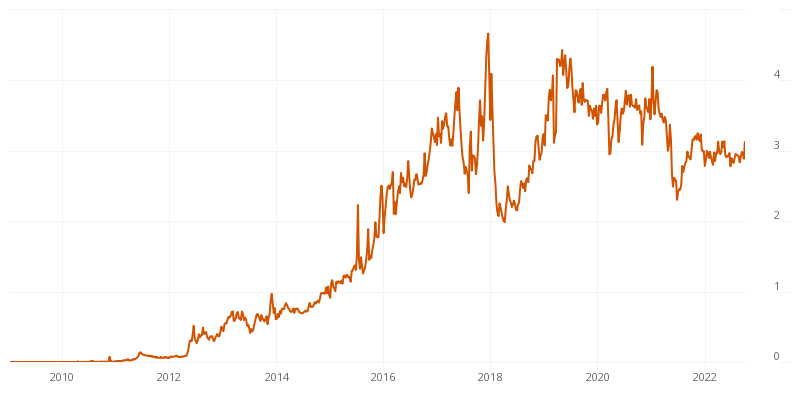
As a result, traders pay a routing fee and may have to wait long before the transaction is validated. The clear answer is that miners do not often validate smaller transactions, as they will earn lower fees for validating insignificant transactions.

Now, the question arises: If the routing fee is so low, why would a node want to validate said transaction? On top of these small fees are routing fees that go toward nodes that are validating transactions. For example, there’s a small fee required to both open and close a payment channel. However, while the intent is there, the Lightning Network still struggles to solve the issue and even introduces various problems like low routing fees and malicious attacks. In this context, the Lightning Network charges low fees by transacting and settling off-chain, allowing for new use cases like instant micropayments that can solve the traditional “can you buy coffee with crypto” conundrum, speeding up the processing times and reducing the expenses (energy costs) associated with Bitcoin’s blockchain. If scaled properly, a blockchain network can handle millions to billions of transactions per second (TPS). Scalability is a significant barrier that restricts the widespread adoption of cryptocurrencies.

Layer two enhances the scalability of blockchain applications by managing transactions outside the blockchain mainnet (layer one), while still benefiting from the mainnet’s powerful decentralized security paradigm. A Lightning Network channel is a two-party transaction method in which parties can make or receive payments from each other. Multiple payment channels between parties or Bitcoin users make up the second layer. transactions between parties not on the blockchain network. The Lightning Network is a second layer added to Bitcoin’s ( BTC) blockchain that allows off-chain transactions, i.e.


 0 kommentar(er)
0 kommentar(er)
